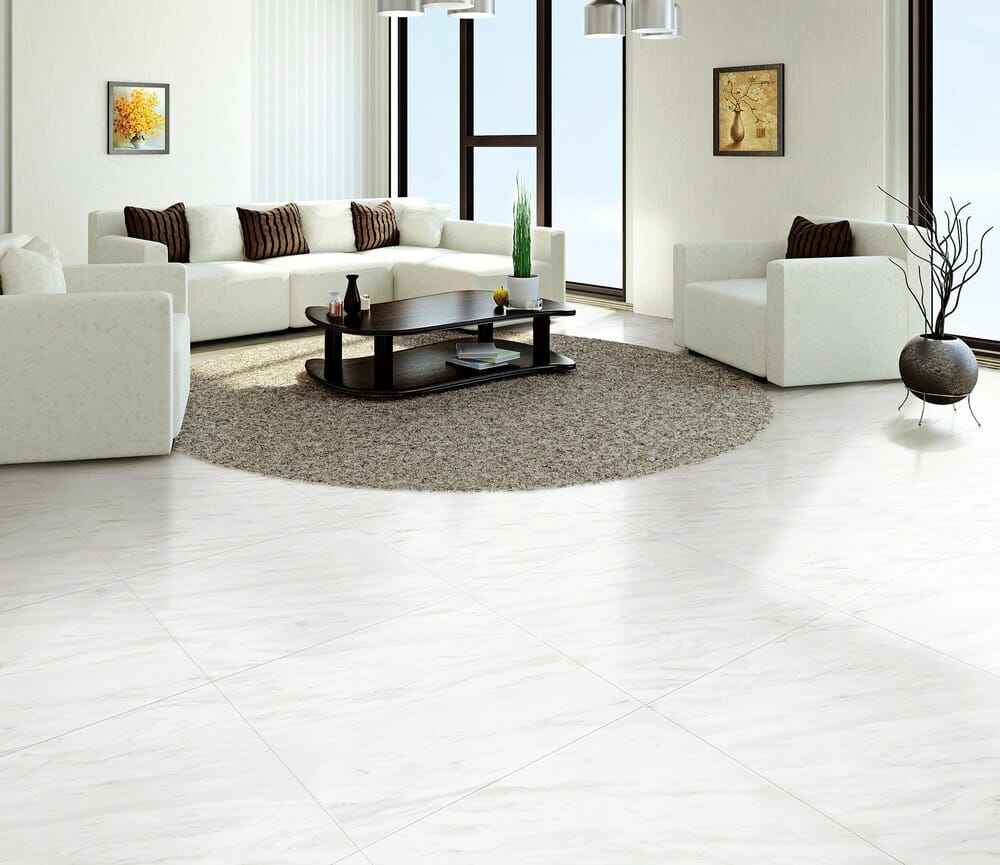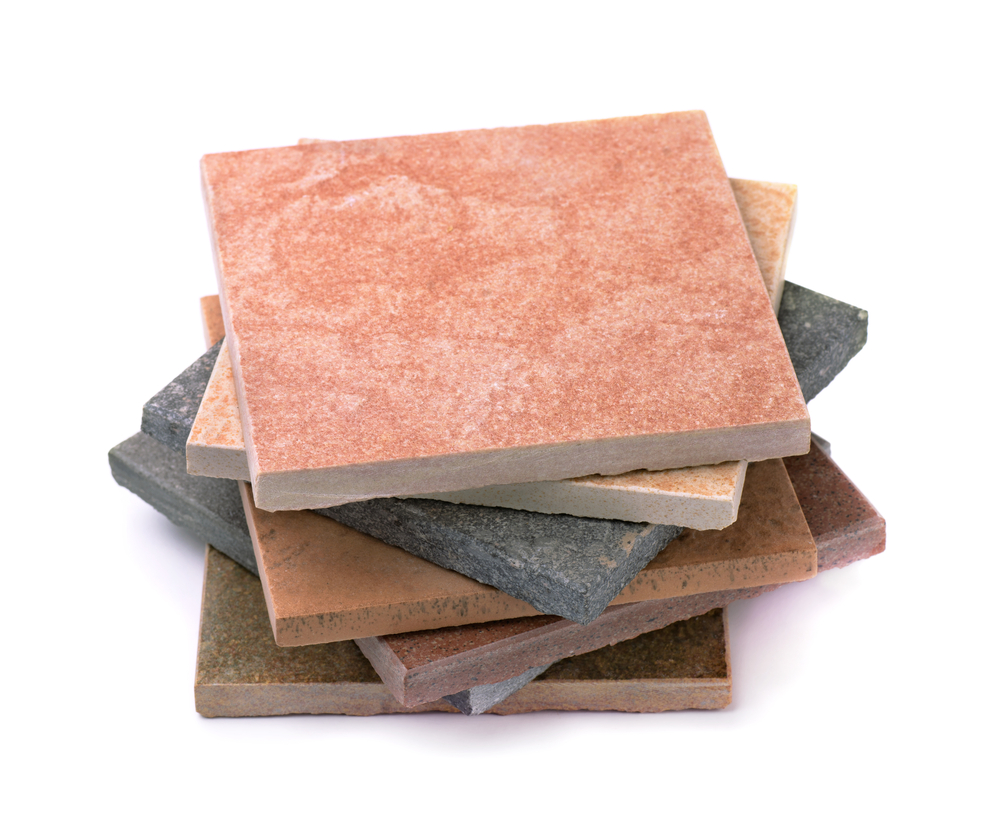How to Install Porcelain & Ceramic Tile
Tile can adorn your kitchen backsplash, your entry floor, or your bathroom shower surround while providing a long-lasting, waterproof surface that is easy to clean. You won’t need extravagant trim to make your tile look inviting as clean lines and classic textures are always in style. Here’s how to get started.
Step One: Measure and prep
Installing standard sized porcelain and ceramic tile requires a commitment to careful measurements. Make sure that you calculate your area thoroughly before you choose your tile.
Next, clean the surface in question so that it’s ready for adhesives. Without a clean wall or floor, your tiles won’t stick over the long term because dirt left behind, which can cause your grout or thin-set to bubble.
Step Two: Create a basic layout
Measure out the length of the wall or floor, as well as the center point of the room or the space. Lay a row of tiles out with plastic spacers in between to add future grout lines with a chalk line, starting with one tile beside the center line; the center line should be a grout line. Try French pattern layouts for a more classical look, or use a professional layout to make the biggest impact. Make sure that you do not remove your chalk lines made during your layout stage, as these will guide you when you are setting your tile later on.
Step Three: Mix the thin-set or use mastic
Thin-set is an adhesive mortar made of cement, fine sand and a water retaining agent, used to attach tiles to the underflooring. Use a mixing tool to add water to the powder so that it reaches a putty-like consistency. You will need to apply the thin-set and smooth it carefully with a trowel, but at the same time you must make sure to preserve your chalked lines. Mastic can be more useful than thin-set for wall tiles.
Step Four: Start setting your tiles
For floors, place your first tile in the center of the room, not against one of the edges. For walls, start at the bottom of the wall; this will help you build a support system to ensure your tiles stay vertical. Set the next tile beside the existing tile using a spacer to separate it evenly. Make sure that you use the same amount of thin-set for each tile, and remember, once it dries it can be very difficult to remove. Continue laying tiles in rows. Installing “mesh” mosaics works the same way, but you have to make sure that your spacer is the same size as the distance between each mosaic piece so that the tiles look even. Don’t forget to add caulk to seal the tiles from moisture in bathrooms and kitchen areas!
Step Five: Cutting tiles for corners and tight spots
Cut end pieces using a tile cutter or wet saw. Measure where the cut should be, then score it with a tile cutter and break it by bending it carefully. If you are using a wet saw, make sure the water is turned on and place one hand on either side of the tile while you are moving it through the saw for an even cut.
For more assistance, check out this helpful video we’ve put together.




Annmarie
Can you lay 6″ x24″ soho tile over 1960 12x 12 tile
BuildDirect Product Expert Team
Hi Annmarie,
Thank you for getting in touch! it would depend on what type of tile you have already installed. I always suggest removing any other existing floor you have before installing tile. Installing over the original plywood or concrete subfloor will ensure the floor stays stable and lasts a very long time. Please let us know if you have any other questions!
Kim
I removed lineolum tiles from 1958 there is black adhisave underneath. How do I remove it to apply porcelain tile.
BuildDirect Product Expert Team
Hi Kim,
You would either need to scrap it up manually or use some sort of stripper on the adhesive. Please let us know if you have any other questions!
bill
can you use porcelain wood tile on a garage floor. what pei rating would you need and what type of adhesive would need and would you need an additive for the adhesive for strength
BuildDirect Product Expert Team
Hi Bill,
Thank you for getting in touch! You can use a porcelain tile on the garage floor but you will want to go with something that has a PEI rating of 5 to be safe. Unfortunately we don’t have the installation experience to recommend adhesive but you shouldn’t need any extra additive or adhesive. Just make sure the floor beneath is completely flat and level or use an anti-fracture membrane to prevent cracking.
Please let us know if you have any other questions!
Deborah Daniel
If we want to lay the porcelain 6″x2′ tiles that look like wood, so we have to add spacers or can they be butted up against each other?
Can you lay tile over tile. Specifically wood look tile
Rob Jones
Since the tile only looks like wood, you don’t have to account for expansion and contraction of the material the way you would with the real thing. That’s one of the main reasons you need to use spacers and have an expansion gap in a wood floor installation. For the type of tile you’re interested in, take a look to see if there is a recommended width for a grout joint. Otherwise, there are types of tile with square edges designed to be installed flush together. Either way, it’s a good idea to confirm the installation requirements in any product you’re looking to buy.
Hope this helps!
Pat bell
Can you lay tile over tilt. Specifically wood look tile
lsh
I’m wondering the same thing. What did you end up doing?
Sue Comer
If we want to lay the porcelain 6″x2′ tiles that look like wood, so we have to add spacers or can they be butted up against each other?